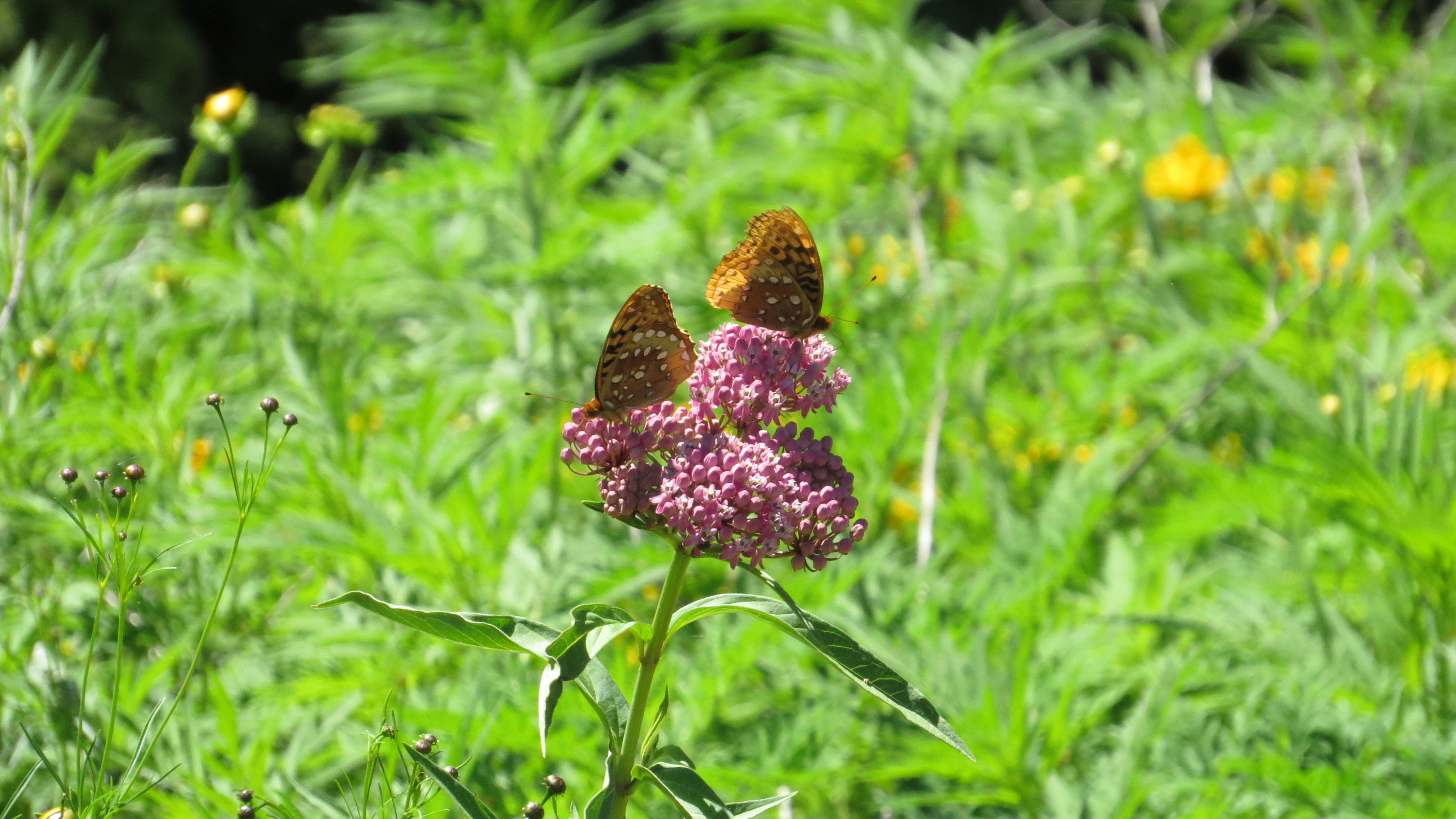
Insects and other animals such as bats, beetles, and flies visit flowers in search of food, shelter, nest-building materials, and sometimes even mates. Some pollinators, including many bee species, intentionally collect pollen. Others, such as many butterflies, birds and bats move pollen accidentally. Pollen sticks on their bodies while they are drinking or feeding on nectar in the flower blooms and is transported unknowingly from flower to flower resulting in pollination.
INFORMATION LINKS:
National Park Service - Pollinators
Southeast Indiana Beekeepers Association - Website
Southeastern Indiana Beekeepers Association - Face Book



